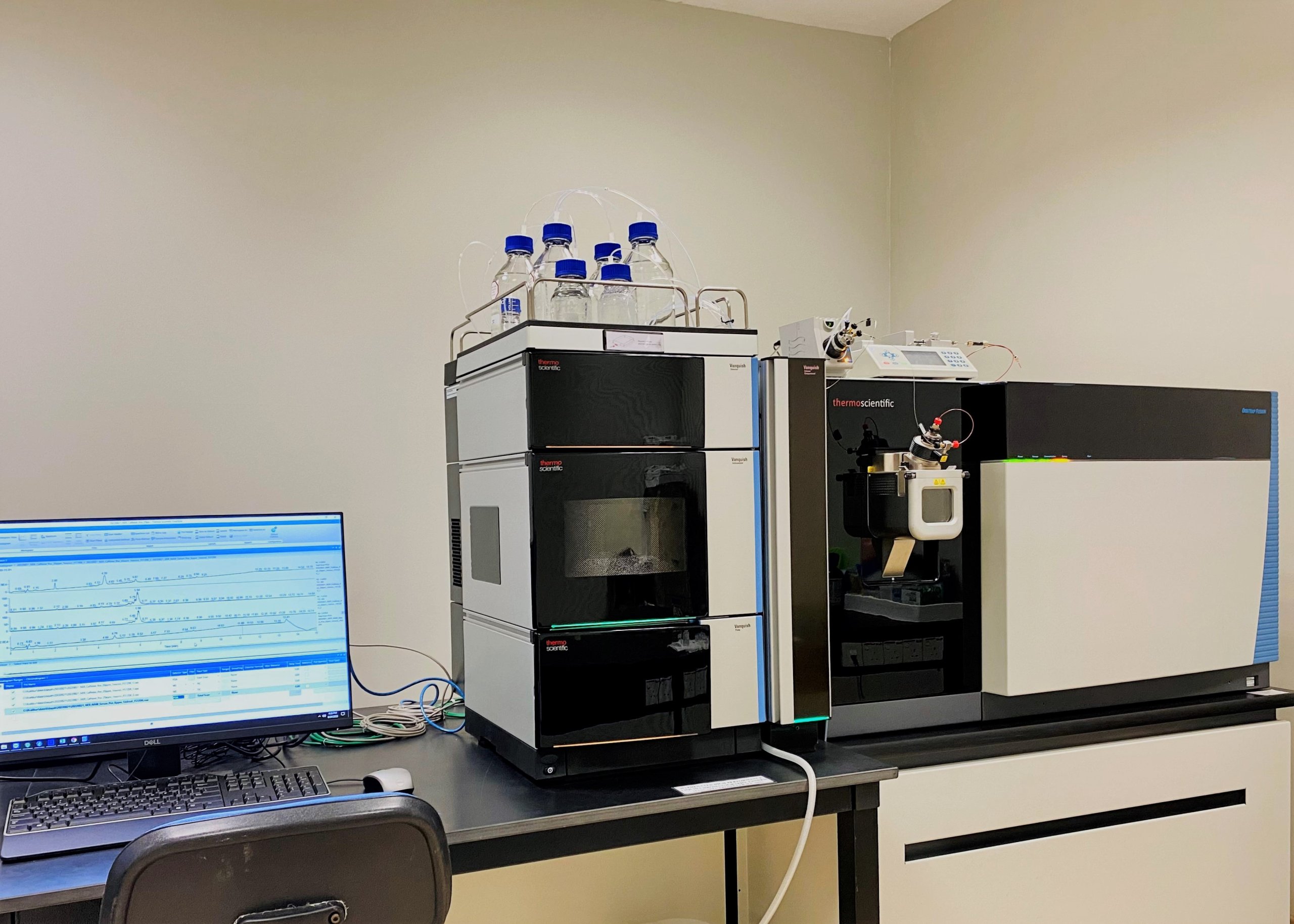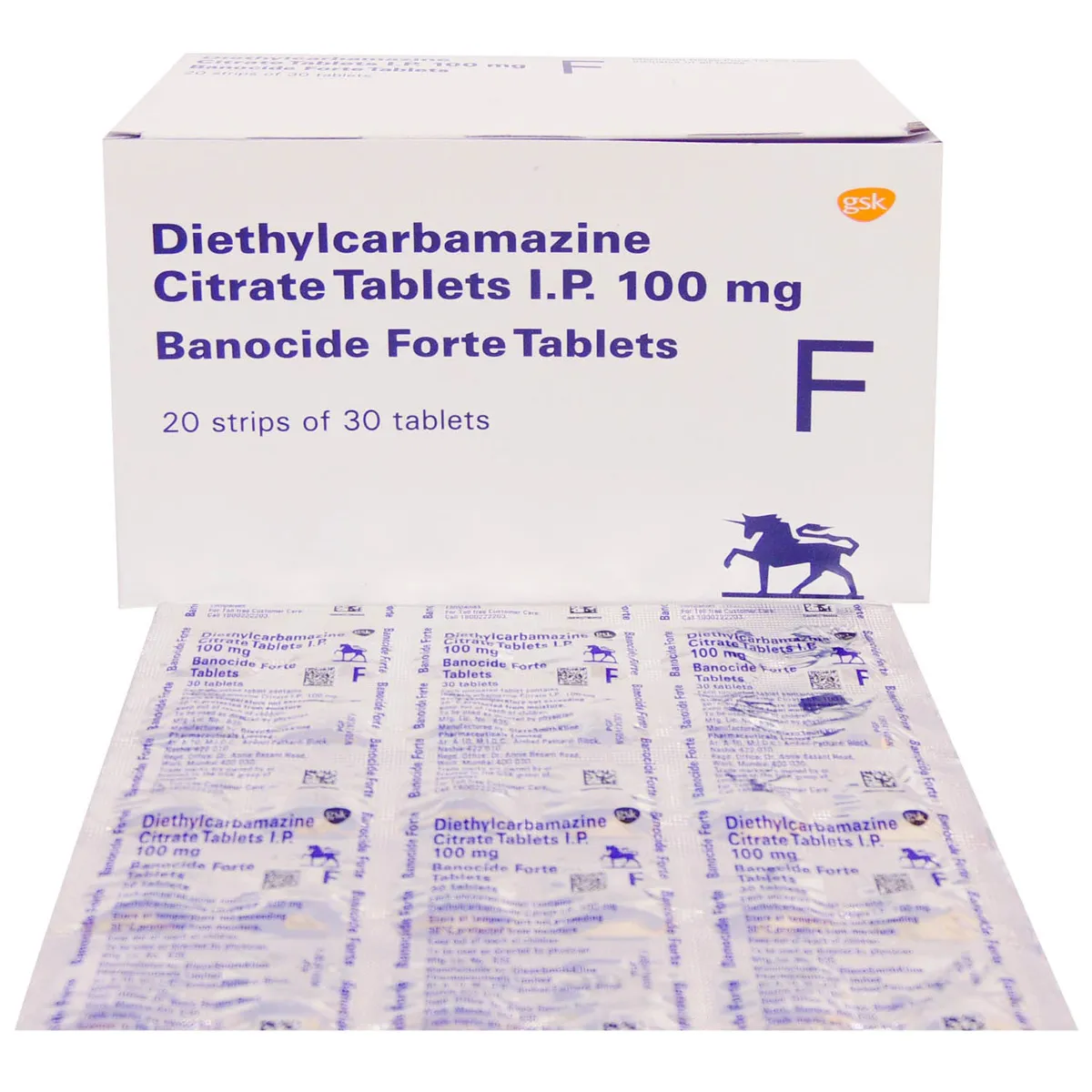Liquid chromatography (LC) is a common bioanalytical technique used in the biomedical industry. It caters to various analytes across all kinds of R&D and quality control projects. Besides, the flexibility offered by hyphenated detection tools such as mass spectrometry (MS) delivers accurate and quick detection and quantification of analytes in complex biological matrices. This event has made decision-making and critical analysis possible in pharmaceutical applications such as toxicological studies.
The use of LC-MS analysis is vital for assessing compounds in biological matrices. LC-MS testing combines the separating power of the LC component and the detection capacities of the MS unit. Besides, advanced hyphenated techniques such as LC-MS/MS analysis need stringent requirements conforming to regulatory standards. Moreover, they should be developed adequately and validated similarly to LC-MS method validation. The current article shares five steps for selecting the correct LC-MS/MS assays for drug research.
Improving Workflow and Use
Manual workflows and complex maintenance and operation are the primary challenges for adopting LC-MS/MS systems. Besides, they have a high setup cost. Hence, laboratories on tight budgets may find it demanding to use LC-MS/MS systems. Moreover, scientists with previous MS experience are needed for successful analysis. Therefore, skilled technicians with prior experience are vital for the success of LC-MS/MS assays.
Improving Throughput
LC-MS/MS assays lack in providing high throughput. Usually, LC-MS/MS analysis can conduct up to 250 tests per day. This number may seem respectable. However, clinical samples are in the hundreds, and conducting these high-volume tests through LC-MS/MS systems is difficult. Many laboratories transit towards automated immunoassays to handle such volumes. Hence, researchers must focus on improving assay throughput.
Sample Handling
The time required to introduce the sample and run the chromatographic assay is the primary factor for limited throughput. Once an LC-MS system is fully optimized, there is no room to minimize the run time further. The only way to reduce time is to employ the dilute and shoot method. This method dilutes the sample before injecting directly into the MS.
Multiplexing
One may use a multiplexed-LC system such as the Applied Biosystems MPX-2 system to increase assay throughput. These multiplexed systems have up to four separate chromatography operations simultaneously. They operate in a staggered fashion so that the specimens are introduced into the MS unit only after the peaks are eluted from the system. This function increases throughput by four-fold compared to traditional LC-MS/MS systems.
Sample Multiplexing
Multiplexed systems and dilute and shoot methods partly address the issue of high throughput. They can assess only 150-400 samples per hour, where the number decreases under real-world conditions. Hence, researchers now focus on adding more than one sample at a time. Two samples instantly double the overall assay capacity. Linear addition of study samples can thus increase assay throughput. However, samples can be multiplexed only to the extent when the electronic switching time becomes a limiting factor. Besides, sample multiplexing requires additional sample preparation steps.









